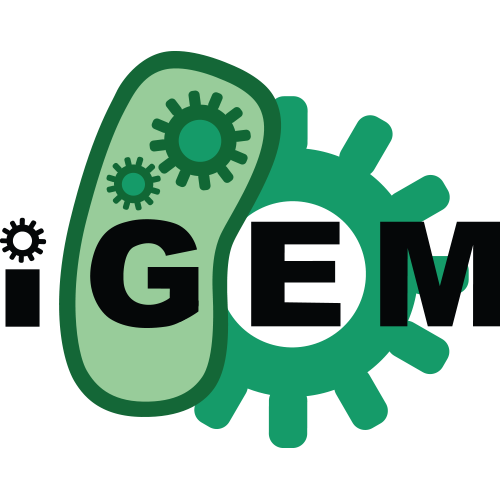Source:
Generated By: https://synbiohub.org/public/igem/igem2sbol/1
Created by: Yin Wu
Date created: 2016-09-13 11:00:00
Date modified: 2016-09-17 07:33:46
sfGFP1-10
| Types | DnaRegion |
| Roles | CDS Coding |
| Sequences | BBa_K2009430_sequence (Version 1) |
Description
sfGFP1-10??????PSB1A3 length: 642bpDerived from: PCR from Part:BBa_I746916,Cambridge 2008
sfGFP1-10??????PSB1A3 is an expression plasmid which insertsfGFP1-10 into PSB1A3.
PSB1A3 is a high copy numberplasmid carrying ampicillin resistance. The replication origin is aPUC19-derived pMB1.
SfGFP1-10 is a part of GFP(from 1bp to 214bp), GFP has been mutated to improve its solubilityand self-associating activity. When it express, it will emit green fluorescenceslightly under the fluorescence microscope.
We try to find anideal protein tag to be work both invivo and invitro and it can provide a sensitive measurable signalwhich don???t need external chemical reagents or substrates. Finally we find away to accomplish this goal?????? dividing GFP into sfGFP1-10and sfGFP11. Either the sfGFP1-10 or sfGFP11 will emit green fluorescence slightly under the fluorescencemicroscope. However, when sfGFP1-10 and sfGFP11 express insame cell, they will interact each other and emit more intense fluorescence thaneach of them. The split GFP system is simple and does not change fusion proteinsolubility.
Primers for these biobrickvectors can be found in part: BBa_G00100 (aka VF2) and part: BBa_G00101 (akaVR)
Usage and biology:The split GFP system has manypractical applications. Obtaining soluble, well-folded recombinant proteins fordownstream applications requires screening large numbers of protein variants (mutants,fragments, fusion tags, folding partners) and testing many expression orrefolding conditions.(Ste??phanieCabantous, Thomas C Terwilliger & Geoffrey S Waldo,2005)
Part sequence
atgcgtaaaggcgaagagctgttcactggtgtcgtccctattctggtggaactggatggtgatgtcaacggtcataagttttccgtgcgtggcgagggtgaaggtgacgcaactaatggtaaactgacgctgaagttcatctgtactactggtaaactgccggtaccttggccgactctggtaacgacgctgacttatggtgttcagtgctttgctcgttatccggaccatatgaagcagcatgacttcttcaagtccgccatgccggaaggctatgtgcaggaacgcacgatttcctttaaggatgacggcacgtacaaaacgcgtgcggaagtgaaatttgaaggcgataccctggtaaaccgcattgagctgaaaggcattgactttaaagaagacggcaatatcctgggccataagctggaatacaattttaacagccacaatgtttacatcaccgccgataaacaaaaaaatggcattaaagcgaattttaaaattcgccacaacgtggaggatggcagcgtgcagctggctgatcactaccagcaaaacactccaatcggtgatggtcctgttctgctgccagacaatcactatctgagcacgcaaagcgttctgtctaaagatccgaacgagaaa
(All the sequence has been testified by Sangon)
assume protein structure
We used Phyre2 to get the assume structure:
图片名称
(by PyMOL)
Citation:
The Phyre2 web portal for protein modeling, prediction and analysis
Kelley LA et al.
Nature Protocols 10, 845-858 (2015).
